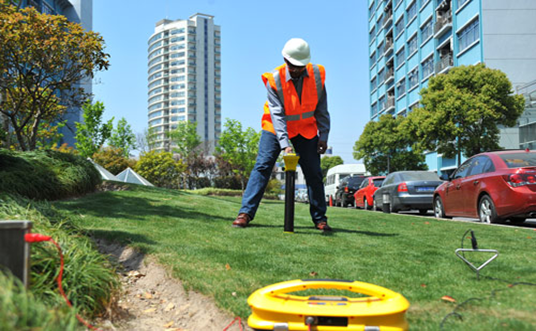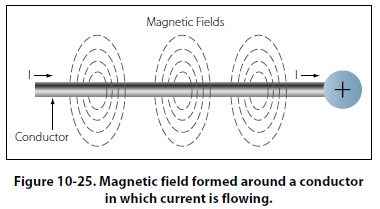How a Locating Instrument Works – Part 3

How a Locating Instrument Works – There are only two ways that the locator can place energy onto the target line – conductively or inductively. Last week we examined the inductive process, so this week let’s see how the conductive process works.
Like always there are different terms commonly used for this method of connection – metal to metal, or direct connection are two of the terms used. This method requires that the transmitter is connected, via its connection cables directly to the utility or infrastructure associate to the utility.
In all instances you need to abide by the rules that the asset owner imposes in regard to working around their asset, and also common sense and safety requirements MUST be taken into account. For example it would be unwise and possibly fatal to enter an electrical installation, disconnect a cable and connect to it – not a wise thing to do.
 Your connection cables are made up of two leads – usually red and black, with one lead (usually the red) being connected to the utility whilst the black is connected to an earthing point – often a ground stake.
Your connection cables are made up of two leads – usually red and black, with one lead (usually the red) being connected to the utility whilst the black is connected to an earthing point – often a ground stake.
So which method is the best? The answer – which ever method produces the best signal and gives you the desired result.
Each method has its pros and cons, using the inductive method often requires a higher frequency; higher frequencies can bleed off onto other utilities in the ground and set up interference with the utility that you are trying to locate. This is particularly true when using the “dropping the box” method. Sometimes dropping the box is the only method available to the locator – in this instance it is the best method.
Metal to metal or direct connection is often difficult because access to the connection is often not available or permitted by the asset owner. This method also can have issues with the placement of the earth stake or more importantly the path the black cable travels on the ground to reach the earth point. If this crosses other utility lines in the ground these will also be energised and this could interfere with your ability to accurately locate the target line.
Once we get signal onto a line, our next challenge is controlling that signal. In a perfect world the signal would stay on our target line from start to finish. In reality, this is rarely the case.
One of the few things that we can say about locating that happens 100% of the time is that the electromagnetic field wants to leave the target line equally in all directions. In other words the electromagnetic field wants to be round when it leaves the target How a Locating Instrument Works line. Unfortunately, this does not always happen.
Next time we will examine this and explain the methods of overcoming the problems associated with non-round magnetic fields.
Till next time – stay safe.